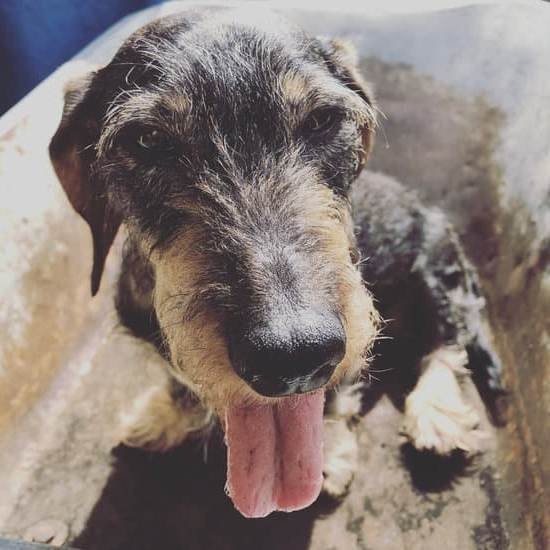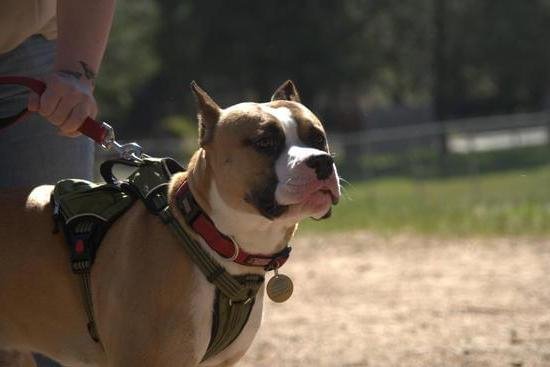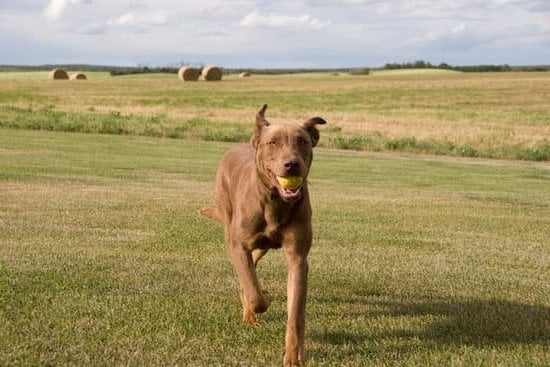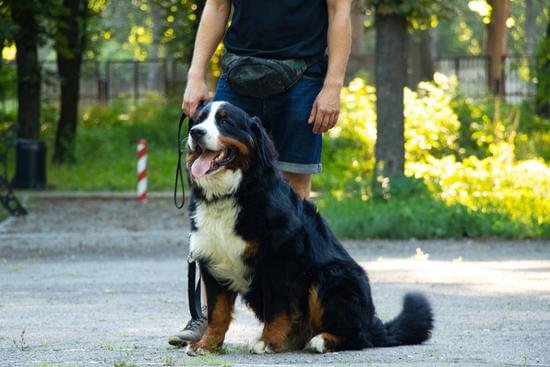How To Train Your Dog To Sleep In Crate
There are many reasons why you might want to train your dog to sleep in a crate. Maybe you need to crate your dog for safety reasons when you’re not at home. Or maybe you’re just trying to create a good sleeping habit for your pup. No matter what your reasons are, crate training your dog can be a successful endeavor as long as you’re patient and consistent with your training.
The first step in crate training your dog is to get him comfortable with the crate itself. Start by putting the crate in a room where your dog spends a lot of time, like his favorite spot in the house. Then, toss a few treats inside the crate and let your dog go in and get them. Once he’s comfortable going in and out of the crate, you can start closing the door for a few seconds at a time. Gradually increase the amount of time you leave the door closed.
Once your dog is comfortable going into the crate and staying inside for a few seconds, start using the crate as a place to put him to sleep at night. Put a few treats in the crate and close the door. As he gets used to sleeping in the crate, you can start decreasing the number of treats you put in there.
It’s important to be patient and consistent with crate training your dog. It may take a little bit of time for him to get used to sleeping in the crate, but with patience and persistence, you’ll be able to successfully crate train your dog.
Is It Possible To Crate Train An Older Dog
?
Yes! It is possible to crate train an older dog, but it may take a bit longer than with a younger dog. Older dogs may be hesitant to enter the crate at first, but with patience and persistence, they can be crate trained.
One way to encourage your dog to enter the crate is to put a treat or toy inside. Once your dog is comfortable entering the crate, you can start closing the door for short periods of time. Gradually increase the amount of time the door is closed.
If your dog has an accident in the crate, don’t scold him. Simply clean up the mess and continue crate training. Over time, your dog will learn to eliminate outside the crate.
Crate training is a great way to housetrain your dog and can also help prevent destructive behavior. It’s a good idea to crate your dog when you’re not home or when you’re unable to supervise him. With a little patience and persistence, you can successfully crate train your older dog.
Crate Train A Dog
The crate is a valuable training tool for teaching a dog to remain calm and relaxed in a variety of situations. It can be used to prevent a dog from becoming too excited or stressed in a new environment, or to keep him safe and secure while you are away.
A dog should be introduced to the crate gradually, and should always be able to exit the crate voluntarily. The crate should never be used as a punishment.
To crate train a dog:
1. Place the crate in a quiet, comfortable location in your home.
2. Feed the dog his meals in the crate, and put a few toys inside to keep him occupied.
3. Gradually increase the amount of time the dog spends in the crate, until he is comfortable spending extended periods of time inside.
4. Use the crate to help calm and relax the dog in new or stressful situations.
5. Always allow the dog to exit the crate voluntarily.
Crate Training A Puppy When You Have Another Dog
If you are considering crate training a puppy, but you also have another dog in your home, you may be wondering how to make the process go as smoothly as possible. Crate training can be a great way to help your puppy learn to behave appropriately in your home, but it’s important to take the needs of your other dog into account as you get started.
The first step is to choose the right crate for your dogs. If your dogs are of different sizes, you’ll want to get a crate that is large enough for the larger dog to comfortably stand and turn around in, but not so large that the puppy can use it as a bed. If you have a particularly active dog, you may also want to consider getting a wire crate rather than a plastic one, as this will allow your dog to see what’s going on around him and to get some air circulation.
Once you’ve got the crate, you’ll want to start by placing your puppy in the crate for a very short period of time – just a few minutes at first. Gradually increase the amount of time your puppy spends in the crate, but always be sure to take him out for a potty break immediately after he’s been in the crate. If your other dog starts to bark or whine when the puppy is in the crate, don’t give in and let him out – this will only teach your dog that he can get out of the crate by making enough noise. Instead, wait until he stops barking or whining and then let him out.
If you are consistent with crate training, your puppy will soon learn that the crate is a place where he can relax and feel safe. This will make it much easier for him to adjust to life in your home with another dog, and it will help to keep your house clean and calm.
How To Crate Train A Senior Dog
When you adopt an older dog, you may be wondering if you need to crate train them. After all, they’re already house-trained, right?
Well, you may not need to crate train them, but it can be a helpful tool for both you and your dog.
Crate training is a great way to help your dog feel safe and secure. It can also be a helpful way to train your dog not to chew on furniture, or to potty train them.
Here are a few tips for crate training your senior dog:
1. Make sure your dog is comfortable in their crate.
Some dogs love their crates and will gladly go in them on their own. Others may be a little more hesitant.
If your dog is hesitant, start by putting a soft blanket or some treats in the crate. Once they’re comfortable going in and out of the crate, you can start closing the door for short periods of time.
2. Start with short periods of time.
Don’t expect your dog to stay in the crate for hours on end. Start with short periods of time (5-10 minutes) and gradually increase the amount of time they spend in the crate.
3. Use positive reinforcement.
If your dog does well in the crate, be sure to praise them! Positive reinforcement is a great way to help your dog learn new behaviors.
4. Avoid using the crate as a punishment.
If your dog starts to associate the crate with punishment, they’re likely to start resisting going in it. Be sure to only use the crate as a positive place for your dog to be.
5. Make sure your dog has plenty of exercise.
If your dog is getting plenty of exercise, they’re less likely to get restless in the crate. A tired dog is a good dog!
Crate training can be a helpful tool for both you and your senior dog. By following these tips, you can help your dog feel safe and secure in their crate.

Welcome to the blog! I am a professional dog trainer and have been working with dogs for many years. In this blog, I will be discussing various topics related to dog training, including tips, tricks, and advice. I hope you find this information helpful and informative. Thanks for reading!





